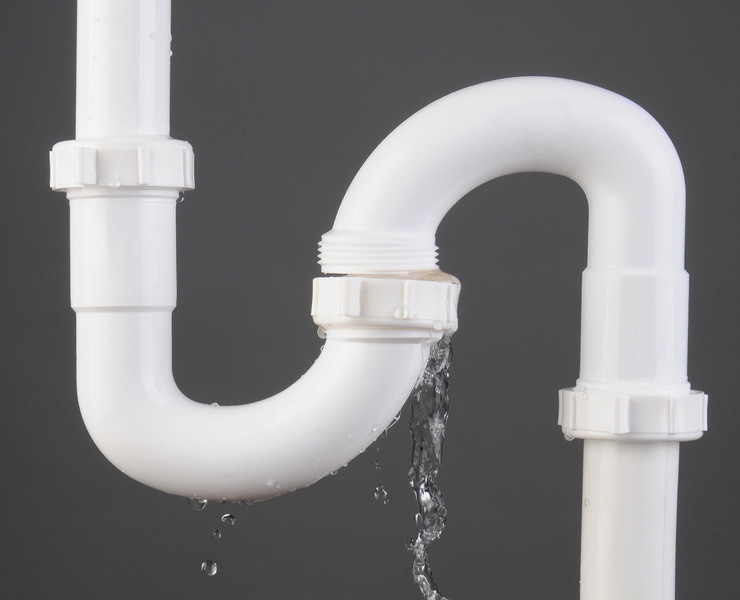How to Locate as well as Repair Work Water Leaks-- A Comprehensive Overview
How to Locate as well as Repair Work Water Leaks-- A Comprehensive Overview
Blog Article
Right here below you might get some sound guidance on the subject of Detecting hidden plumbing leaks.

Early detection of dripping water lines can mitigate a prospective calamity. Some tiny water leakages may not be noticeable.
1. Check Out the Water Meter
Every house has a water meter. Examining it is a surefire way that assists you uncover leakages. For beginners, turn off all the water sources. Guarantee nobody will certainly purge, make use of the faucet, shower, run the washing machine or dishwashing machine. From there, go to the meter as well as watch if it will change. Because no one is using it, there should be no activities. That suggests a fast-moving leakage if it relocates. If you discover no modifications, wait a hr or two and also inspect back once again. This implies you may have a slow leakage that might also be below ground.
2. Inspect Water Usage
Examine your water expenses as well as track your water intake. As the one paying it, you should observe if there are any kind of discrepancies. If you find sudden changes, in spite of your usage coinciding, it suggests that you have leakages in your plumbing system. Bear in mind, your water costs should fall under the same variety each month. An abrupt spike in your expense suggests a fast-moving leak.
On the other hand, a consistent boost on a monthly basis, even with the same behaviors, reveals you have a slow-moving leakage that's also gradually escalating. Call a plumber to thoroughly inspect your residential property, especially if you feel a warm location on your flooring with piping underneath.
3. Do a Food Coloring Test
When it comes to water consumption, 30% comes from commodes. If the color somehow infiltrates your dish during that time without flushing, there's a leak in between the container as well as dish.
4. Asses Outside Lines
Don't fail to remember to inspect your outside water lines too. Should water permeate out of the connection, you have a loose rubber gasket. One little leakage can throw away loads of water and surge your water costs.
5. Examine as well as Analyze the Scenario
Homeowners need to make it a routine to check under the sink counters and also even inside closets for any type of bad odor or mold development. These two warnings indicate a leak so punctual interest is called for. Doing routine examinations, even bi-annually, can save you from a significant problem.
A lot more notably, if you know your house is currently old, keep a watchful eye on your heaters, hoses, pipes etc. Check for discolorations and weakening as a lot of pipelines and appliances have a life span. They will certainly also normally weaken due to wear and tear. If you suspect dripping water lines in your plumbing system, do not await it to intensify. Call an expert plumber as soon as possible so you do not end up with a terrible mess in your home.
Early discovery of dripping water lines can mitigate a prospective calamity. Some tiny water leaks may not be visible. Inspecting it is a proven means that helps you discover leaks. One tiny leakage can throw away tons of water and increase your water costs.
If you presume leaking water lines in your plumbing system, don't wait for it to rise.
WARNING SIGNS OF WATER LEAKAGE BEHIND THE WALL
PERSISTENT MUSTY ODORS
As water slowly drips from a leaky pipe inside the wall, flooring and sheetrock stay damp and develop an odor similar to wet cardboard. It generates a musty smell that can help you find hidden leaks.
MOLD IN UNUSUAL AREAS
Mold usually grows in wet areas like kitchens, baths and laundry rooms. If you spot the stuff on walls or baseboards in other rooms of the house, it’s a good indicator of undetected water leaks.
STAINS THAT GROW
When mold thrives around a leaky pipe, it sometimes takes hold on the inside surface of the affected wall. A growing stain on otherwise clean sheetrock is often your sign of a hidden plumbing problem.
PEELING OR BUBBLING WALLPAPER / PAINT
This clue is easy to miss in rooms that don’t get much use. When you see wallpaper separating along seams or paint bubbling or flaking off the wall, blame sheetrock that stays wet because of an undetected leak.
BUCKLED CEILINGS AND STAINED FLOORS
If ceilings or floors in bathrooms, kitchens or laundry areas develop structural problems, don’t rule out constant damp inside the walls. Wet sheetrock can affect adjacent framing, flooring and ceilings.
https://www.servicemasterbyzaba.com/blog/how-to-detect-water-leakage-in-walls/

I came across that blog post on Hacks to detect leaks while exploring the internet. Remember to take a moment to distribute this article if you enjoyed reading it. Thanks a lot for taking the time to read it.
Report this page